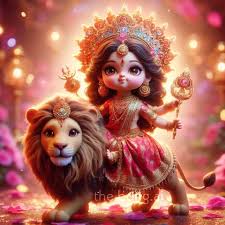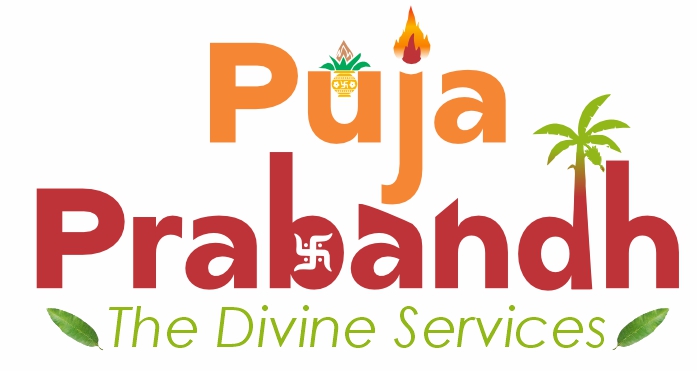
Durga Puja (Worship of Goddess Durga)
Durga Puja, also known as Durgotsav, is a grand Hindu festival that celebrates the victory of Goddess Durga over the demon Mahishasura, symbolizing the triumph of good over evil. It is particularly celebrated with unmatched fervor in West Bengal, Odisha, Assam, Bihar, and other parts of eastern India, and also observed across the country during Navratri.
🕉️ Spiritual Significance
- Goddess Durga is the embodiment of Shakti (divine feminine energy).
- She represents power, protection, motherhood, destruction of evil, and creation.
- Her ten arms carrying various weapons symbolize her ability to fight evil from all directions.
📅 When is Durga Puja Celebrated?
Durga Puja spans over 5 main days:
- Shashthi – Welcoming the Goddess
- Saptami – Invocation of life into the idol (Pran Pratistha)
- Ashtami – Major worship day; includes Sandhi Puja and Kumari Puja
- Navami – Final worship day
- Dashami (Vijaya Dashami) – Immersion of idols (Visarjan) and farewell
🙏 Durga Puja Vidhi (Worship Procedure)
🛕 1. Ghatasthapana (Kalash Sthapana)
- A sacred pot (ghat) is established with coconut, mango leaves, and water.
- It symbolizes the presence of Goddess Durga and starts the puja.
🌺 2. Invocation (Avahan)
- The idol of Goddess Durga is placed and beautifully decorated.
- Devotees chant Durga Saptashati or Devi Mahatmya to invoke the Goddess.
🌸 3. Main Puja Rituals
- Pushpanjali – Offering of flowers while reciting mantras.
- Aarti and Bhog – Lighting of lamps, singing hymns, and offering food like khichdi, sweets, and fruits.
- Kumari Puja – Young girls worshipped as living forms of the Goddess (especially on Ashtami).
- Sandhi Puja – Performed at the moment when Ashtami ends and Navami begins (a highly powerful time).
- Balidan (symbolic sacrifice) – Earlier animal sacrifices; now symbolic with pumpkins or sugarcane.
🌊 4. Vijaya Dashami
- Idols are immersed in rivers or water bodies as a symbolic farewell.
- Women engage in Sindoor Khela – smearing vermillion on each other, wishing marital bliss.
🪔 Mantras & Aarti
Popular Durga Mantra:
“Ya Devi Sarvabhuteshu Shakti Rupena Samsthita,
Namastasyai Namastasyai Namastasyai Namo Namah”
Durga Aarti:
“Jai Ambe Gauri, Maiya Jai Shyama Gauri”
🌟 Significance of Durga’s Nine Forms (Navadurga)
Each day of Navratri is dedicated to one form of Goddess Durga:
- Shailaputri – Daughter of the mountains
- Brahmacharini – Ascetic form
- Chandraghanta – Warrior goddess
- Kushmanda – Cosmic creator
- Skandamata – Mother of Kartikeya
- Katyayani – Fierce destroyer of demons
- Kaalratri – Dark and fearless
- Mahagauri – Radiant and kind
- Siddhidatri – Bestower of wisdom
🎉 Cultural Celebrations
- Pandals (temporary temples) with elaborate idols and themes
- Dhak (drum) beats, traditional dances like Dhunuchi Naach
- Community feasts, cultural programs, and processions
- Exchange of Shubho Bijoya greetings after immersion
🙌 Durga Puja is a Celebration of:
- Shakti (Strength)
- Bhakti (Devotion)
- Sanskriti (Culture)
- Samriddhi (Prosperity)

